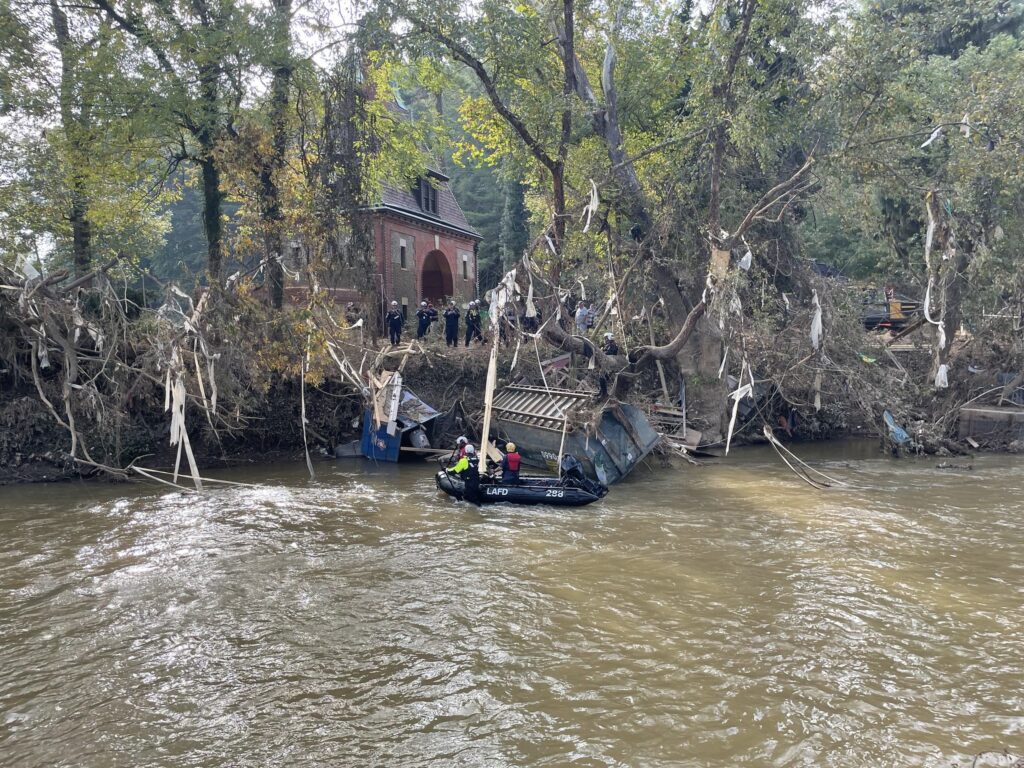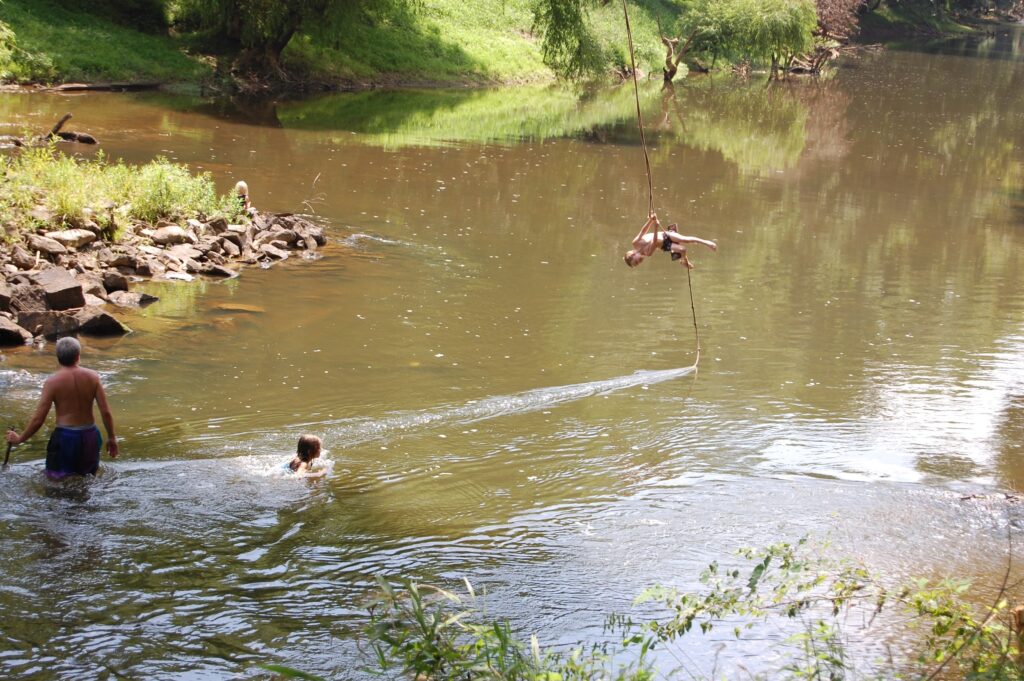Defending rivers means cleaning up stormwater
Cleaning up our country's rivers depends on how well we deal with increasing stormwater.
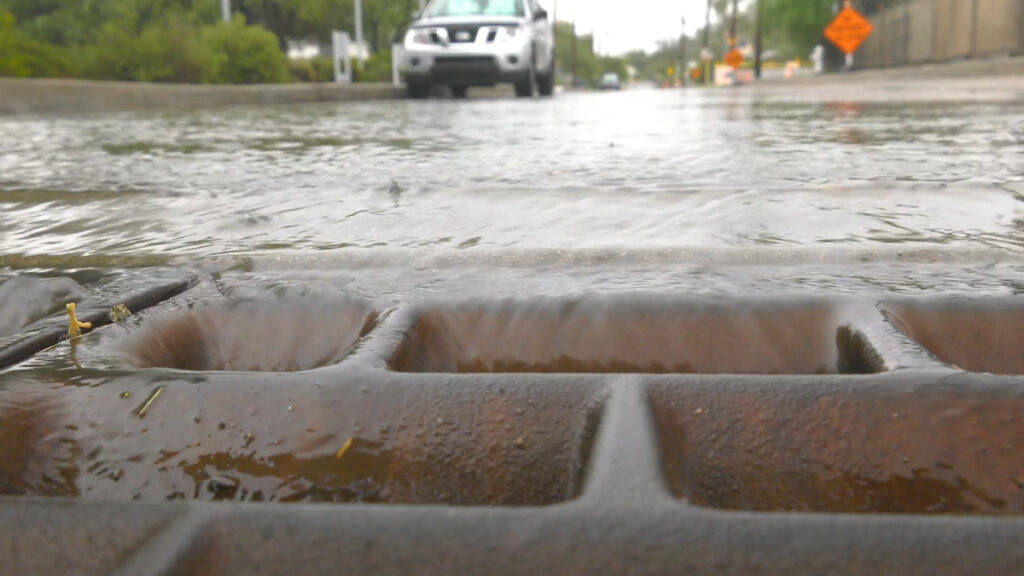
Dealing with excessive stormwater is top of mind if your neighborhood floods regularly. But even if you’re not used to trudging through water-logged streets, there are plenty of reasons to care about what happens when too much rain falls in your city. American Rivers’ Economics and Policy Research Associate, Shanyn Viars, talks about why.
Why should people who care about rivers and clean water care about stormwater?
Just in the last couple of years, we’ve seen that the impacts of climate events are particularly hard on our water systems, right? Too little — as in the Colorado River — too much as in catastrophic flooding in the Midwest and South. And even the wildfires in the West, the water crisis is becoming more urgent. And it’s definitely becoming more urgent in cities and in urban areas that are trying to safeguard their communities against the effects of climate change.
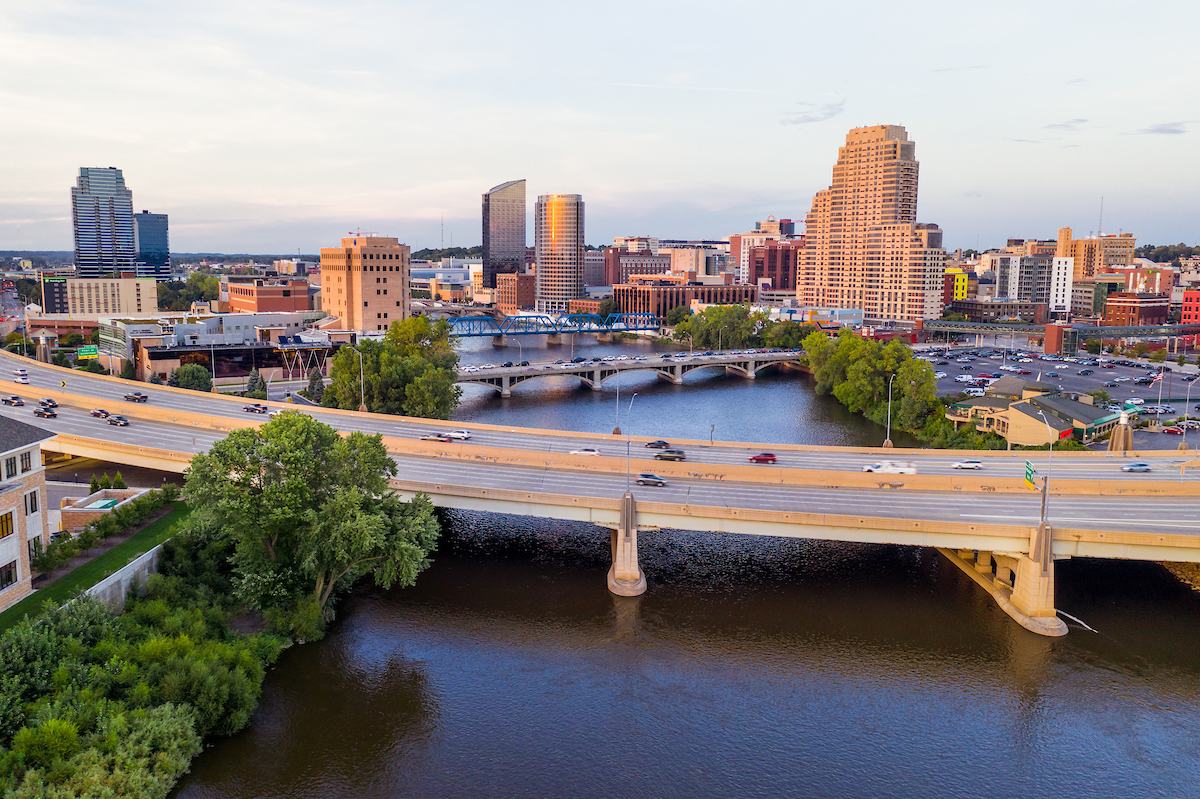
We also know that much of the existing infrastructure that manages water to flow out of our cities is vulnerable and outdated. We’re talking about infrastructure that’s over 100 years old. It can’t keep up with growing cities and growing demands that we put on the environment. Local economies can’t keep up with the cost to maintain the systems either. Because of the funding gap, it’s going to take all of us, holistically as a community, to address urban water challenges and improve our water systems.
Let’s get more specific. How do cities contribute to problems in rivers?
A large portion of land area in cities is made up of private properties, which are covered in impervious areas — rooftops, driveways, parking lots and sidewalks. Rain flows off of those surfaces, collecting trash and pollutants along the way, and carries it directly to our rivers.
The large shopping plazas, retail stores and big malls have acres of impervious area that send large volumes of polluted stormwater directly to rivers and streams when it rains. On top of that, in the wake of climate change, without any green space in those environments, the urban heat canopy effect makes those areas much hotter, which could make even conditions for employees or guests more hazardous.
What is a feasible solution to stormwater problems in cities?
Green stormwater infrastructure, which incorporates natural elements into the landscape to mimic the natural water cycle. This includes rain gardens — which you sometimes see lining the curbs of your streets or walkways — green roofs, rain barrels, bioswales and infiltration ditches. Basically, flowers and plants are planted into areas to absorb water. So as rain falls, it absorbs into the ground where it lands instead of running over those hard services and collecting trash on its way to the river. Capturing that water reduces the amount of pollution that flows into our waterways and also reduces localized flooding in neighborhoods, streets and basements. Financing green infrastructure projects is a challenge, because the majority of funding usually comes from tax dollars. So, there’s a gap between what private property owners — and the cities themselves — want to do and what they can afford.
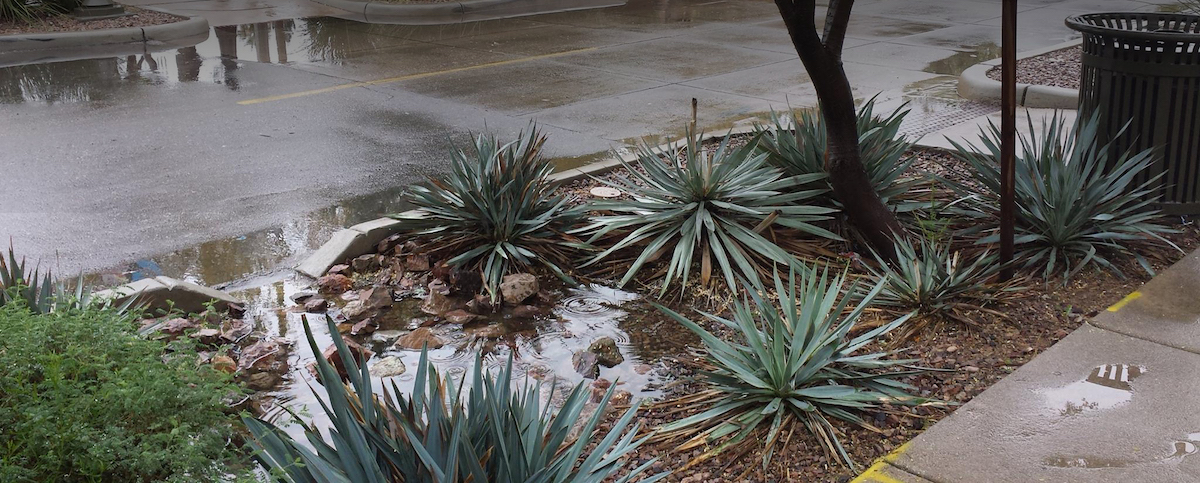
So how do you convince more property owners to use green infrastructure if they can’t afford it?
We can use the market to actually fund and advance sustainable approaches. For the last couple years we’ve been working to develop and implement a stormwater credit trading program in the city of Grand Rapids, Michigan, where I live. This would provide private property owners, specifically developers, flexibility when they go to meet their stormwater requirements in their project planning phase. But it also allows community members, like nonprofits and local neighborhood organizations, to “sell” their stormwater captured into the market for developers that need it to meet their stormwater requirements. In September 2021, the state of Michigan finally approved new stormwater requirements that provide the flexibility to allow stormwater credit trading in Grand Rapids. American Rivers worked with the city for five years to get this permit approved. The Stormwater Credit Trading program will launch in July 2022.
Where else are you working beyond Grand Rapids?
Through our Stormwater Currency program, American Rivers is working one-on-one with communities across the country to explore appropriate funding mechanisms to deliver these approaches. We like to look at holistic water approaches not just in the city or municipal boundaries that we’re working in but in the whole watershed. In addition to Grand Rapids, we’ve worked with San Mateo County, California; Eugene, Oregon; Green Bay, Wisconsin; Sheboygan, Wisconsin; Cook County, Illinois — which includes Chicago — Greensboro, North Carolina; and about 10 other cities.
Tell me about one project you are especially proud of.
My project with La Casa de la Cobija in Grand Rapids is probably the most inspiring. A small business owner that I met one day at a community event spoke to me with concern about gentrification occurring in the neighborhood as the community is starting to revitalize. The owner wanted green space and improvements to improve visibility and safe walking in the neighborhood, but she didn’t know how to go about it without large investments or attracting development that could create gentrification.
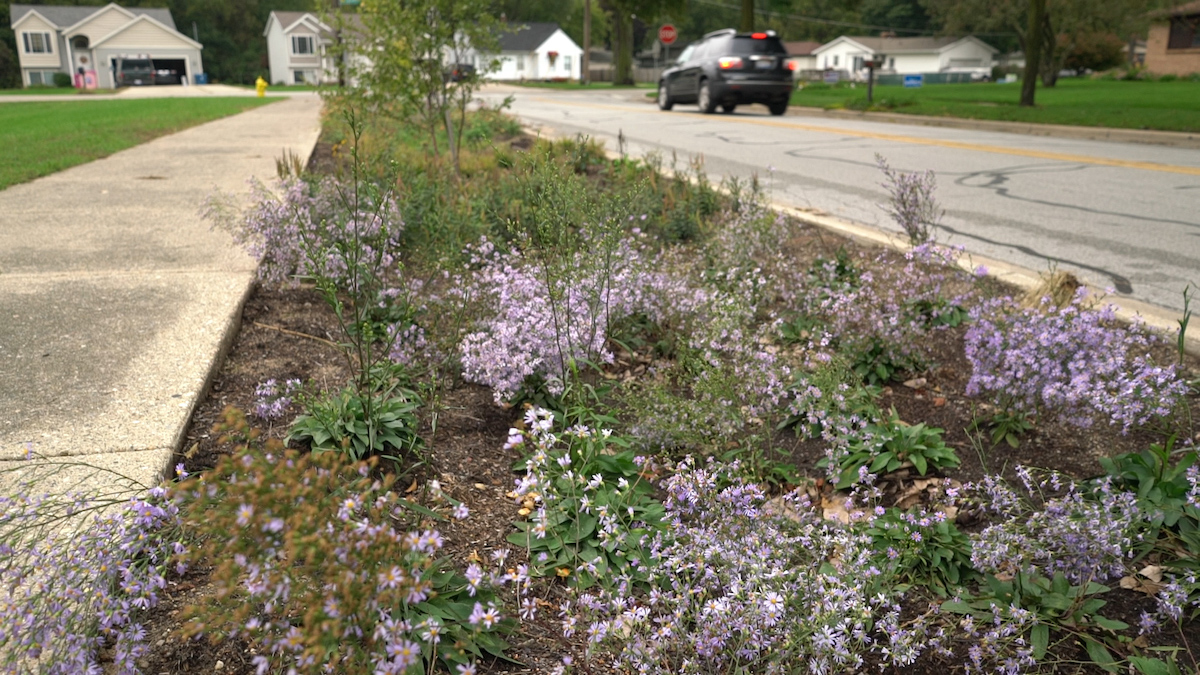
We connected the business owner with local partners to implement small curb-cut rain gardens along the sidewalks and parking lot. The native plants with bright flowers actually increase visibility on the corner of a very busy traffic corridor. The rain gardens also keep stormwater from flowing into the most polluted stream in the city. The owner was so proud as customers and neighbors noticed the improvements. During COVID, La Casa de la Cobija’s parking lot turned into a community space for distributing food donations and registering voters. The space drove broader community conversations and fueled advocacy that led the owner and other seniors to supply garden kits to neighborhood families during COVID to plant food in pots and backyards to address food insecurity. Neighbors, including businesses were seeing her garden now grow and are interested in planting rain gardens and more trees in their community. The advocacy and support from the business owner and community led to a partnership with Friends of Grand Rapids Park, which planted 300 trees in the Baxter Heights neighborhood. The owner now leads her neighborhood business association and participates on city-planning committees. You can read more from the owner at RAINscaping for Small Businesses. The community engagement has been amazing! And with the launch of a stormwater-credit trading program, more small businesses like La Casa de la Cobija will be able to implement green stormwater infrastructure on their properties. It’s a win-win for the community and for our rivers.


